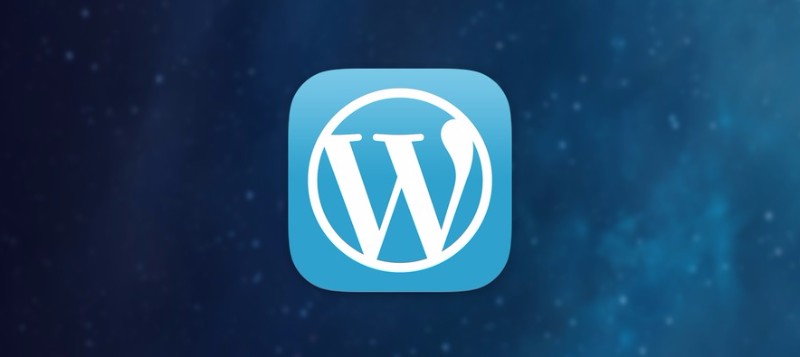7 Steps From Semalt To Protect Your WordPress Site From Viruses

WordPress is one of the most famous and widely used content management platforms. A lot of people give it higher preference than Blogspot or another content management portal. As of now, WordPress is being used by millions to billions of individuals worldwide. From one-page websites to large corporate sites, top businessmen and multinational companies choose WordPress as it is easy to use and offers plenty of features. Technology experts claim that web-based attacks have increased in number in recent months. Since WordPress is the best and most famous platform, a lot of hackers have developed ways to attack its users and steal their personal information.
It would not be wrong to say that we face a lot of problems while managing our own blogs or clients' websites. The issues come in the form of SQL injections, link Injections, shared and hidden folders, Javascript issues, Blackhole exploit, and PHP codes.
Ryan Johnson, the Senior Sales Manager of Semalt, has talked in the article about the steps to secure your WordPress website from malware and viruses to a great extent.
1. Update everything
One of the most common and easiest ways for hackers is to steal your information if you don't update your operating system and antivirus programs. WordPress websites should be updated on a regular basis as it makes sure that you have a strong community and can detect the possible viruses and malware. Once your system or website is plagued, you should consider updating your WordPress website with the new version and install latest plugins.
2. Delete the 'admin' account
By deleting the admin account, you would make it impossible for the hackers to steal your personal information. On WordPress, it is not so difficult to remove this account. You can, instead, log in with other names or usernames rather than 'admin.' You should always choose unique and unknown names to log in to your website.

3. Check your file and folder permissions
If your file permission is set to 774, then it is a sign that hackers are trying to steal your website. So, you should set it to either 644 or 755 as early a possible before it's too late and you lose your access to your WordPress website or blog.
4. Always hide the wp-config.php
It is a specific file type that needs to be hidden because the hackers can find and locate it within seconds. By default, it is present in a folder inside your WordPress. You should transfer it from an unsafe place to a safe folder because WordPress will automatically check its location.
5. Use trusted sources for your plugins and themes
You should never download and install the plugins and themes from unknown sources. That is because most of them contain viruses, malware and spam bots that enter your WordPress and can damage your website. That is why you should not risk the performance of your site by getting themes and plugins from unknown sources.
6. Connect to your server securely
You should always use SSH and sFTP rather than FTP as these connect to your server safely. HTTPS is the most famous and trustable way to transact money and transfer files on the internet.
7. Backup regularly
You should backup your items and data on a regular basis. Period backups cannot give you any benefit. When you are using your WordPress website, make sure you have kept those files somewhere offline too.